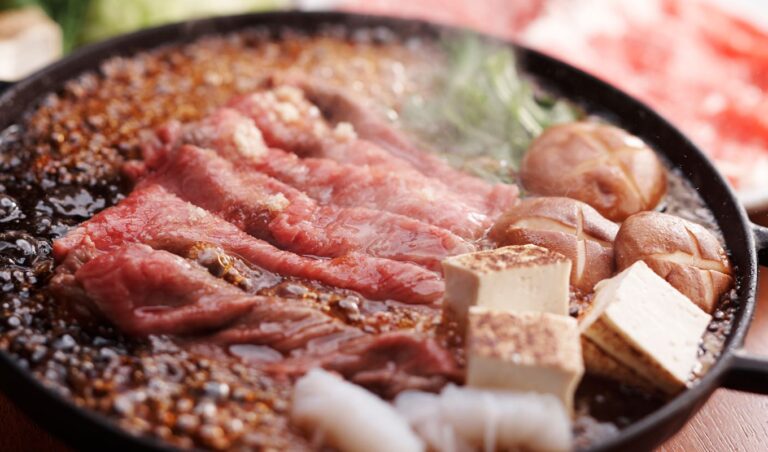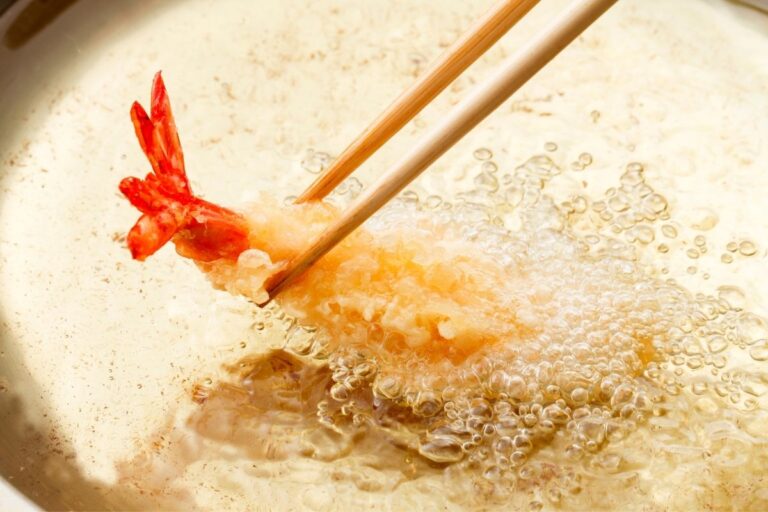Sukiyaki

Sitting on the floor and gathered around a low-to-ground table, you and a group of friends hold your chopsticks anxiously above a pot positioned directly…

Sitting on the floor and gathered around a low-to-ground table, you and a group of friends hold your chopsticks anxiously above a pot positioned directly…

Fried chicken is a fast food staple in the US, but fried seafood and vegetables are far more popular in Japan. Covered in a seasoned…

It’s a hearty lunch, it’s a snack, it’s a dessert… And there’s a seemingly endless assortment of flavors from which to choose! These flour, rice…
Now that we’ve studied how to use Japanese adjectives to modify nouns as we do in English, we’re going to examine how Japanese, unlike English,…
In English, an adjective describes, or “modifies,” a noun. Japanese adjectives can do the same—but they can also function as verbs. You’ll learn more about…
When you conjugate verbs in English, you have to consider the tense (present, past, future, etc.) and the subject (I, you, he/she/it, we, they). When…
Verbs are arguably more important in the Japanese language than they are in English. Japanese sentences require verbs—which typically come at the very end of…
Particles can be a difficult subject to master in any language. Particles subtly mark the word they follow and indicate the association between that word…
Ga The Japanese particle “ga” is a very versatile particle that can act as a subject marker, an object marker, and even a conjunction. “Ga”…
Once you’ve mastered basic counting in Japanese, you’re ready to start studying Japanese counters. What are counters? In Japanese, there are words that indicate what…
Learning how to count in Japanese is a basic, essential skill for anyone who wishes to speak Japanese! If you visit a Japanese store or…
You learned in the sentence structure lesson that Japanese sentences do not always require subjects, as the subjects are often implied in the context of…